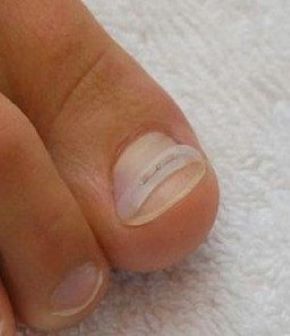A foot ulcer is an open sore on the foot.
A foot ulcer can be a shallow red crater that involves only the surface skin. A foot ulcer also can be very deep. A deep foot ulcer may be a crater that extends through the full thickness of the skin. It may involve tendons, bones and other deep structures. People with diabetes and people with poor circulation are more likely to develop foot ulcers. It can be difficult to heal a foot ulcer. In people with these conditions, even a small foot ulcer can become infected if it does not heal quickly.
If an infection occurs in an ulcer and is not treated right away, it can develop into:
- An abscess (a pocket of pus)
- A spreading infection of the skin and underlying fat (cellulitis)
- A bone infection (osteomyelitis)
- Gangrene. Gangrene is an area of dead, darkened body tissue caused by poor blood flow.
- Among people with diabetes, most severe foot infections that ultimately require some part of the toe, foot or lower leg to be amputated start as a foot ulcer.
Foot Ulcers
Foot ulcers are especially common in people who have one or more of the following health problems:
Peripheral neuropathy. This is nerve damage in the feet or lower legs. Diabetes is the most common cause of peripheral neuropathy. When nerves in the feet are damaged, they can no longer warn about pain or discomfort. When this happens, tight-fitting shoes can trigger a foot ulcer by rubbing on a part of the foot that has become numb.
People with peripheral neuropathy may not be able to feel when they’ve stepped on something sharp or when they have an irritating pebble in their shoes. They can injure their feet significantly and never know it, unless they examine their feet routinely for injury.
Many elderly people and diabetics with vision problems also can’t see their feet well enough to examine them for problems.
- Circulatory problems. Any illness that decreases circulation to the feet can cause foot ulcers. Less blood reaches the feet, which deprives cells of oxygen. This makes the skin more vulnerable to injury. And it slows the foot’s ability to heal. Poor circulation in the leg arteries is called peripheral artery disease. It also causes pain in the leg or buttock during walking. It is caused by atherosclerosis. This is a disease in which fatty deposits of cholesterol build up inside arteries.
- Abnormalities in the bones or muscles of the feet. Any condition that distorts the normal anatomy of the foot can lead to foot ulcers. This is particularly true if the foot is forced into shoes that don’t fit the foot’s altered shape. Examples are claw feet, feet with fractures, and cases of severe arthritis. More than any other group, people with diabetes have a particularly high risk of developing foot ulcers. This is because the long-term complications of diabetes often include neuropathy and circulatory problems. Without prompt and proper treatment, a foot ulcer may require hospital treatment. Or, it may lead to deep infection or gangrene and amputation.
In addition to diabetes, other medical conditions that increase the risk of foot ulcers include:
- Atherosclerosis. This condition involves poor circulation to the legs.
- Raynaud’s phenomenon. This condition causes sudden episodes of decreased blood flow to the fingers and toes. During these episodes, the fingers and toes turn white as the blood supply diminishes. They turn blue, and red again as the circulation returns to normal.
It is rare for a foot ulcer to be unrelated to these risk factors and illnesses. A foot ulcer in a person who has none of these health problems may need to be checked for skin cancer, especially squamous cell carcinoma. This cancer occasionally looks like a foot ulcer.
Symptoms
A foot ulcer looks like a red crater in the skin. Most foot ulcers are located on the side or bottom of the foot or on the top or tip of a toe. This round crater can be surrounded by a border of thickened, callused skin. This border may develop over time. In very severe ulcers, the red crater may be deep enough to expose tendons or bones.
If the nerves in the foot are functioning normally, then the ulcer will be painful. If not, then a person with a foot ulcer may not know it is there, particularly if the ulcer is located on a less obvious portion of the foot.
In disabled or elderly patients, a relative or caregiver may be the one who becomes aware of the problem. The caregiver may notice that foot looks red and swollen. There may be drainage on the sock and a foul odor.






